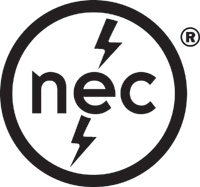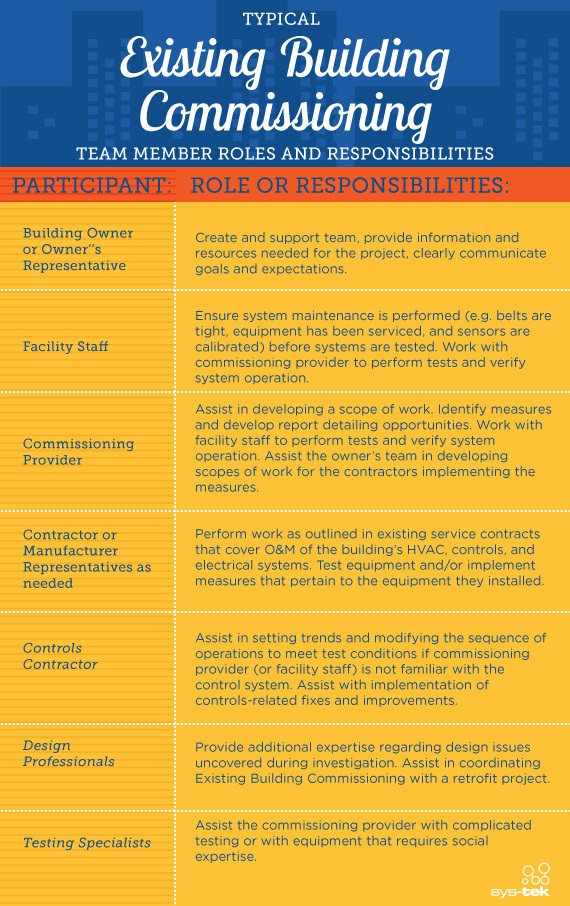Grounding Electrode Conductor Requirements
May 20, 2009
Last time we discussed the NEC requirements for installing grounding electrodes. This month, we will examine the NEC’s grounding electrode conductor requirements and connections to grounding electrodes.
 Grounding electrode conductors are permitted by the NEC to be solid or stranded, insulated, covered, or bare. Grounding electrode conductors are permitted to be copper, aluminum, or copper-clad aluminum, but must be resistant to any corrosive condition existing at the installation or be suitably protected against corrosion.
Grounding electrode conductors are permitted by the NEC to be solid or stranded, insulated, covered, or bare. Grounding electrode conductors are permitted to be copper, aluminum, or copper-clad aluminum, but must be resistant to any corrosive condition existing at the installation or be suitably protected against corrosion.
Aluminum or copper-clad aluminum conductors are not permitted to be used as grounding electrode conductors when they are in direct contact with earth, masonry or concrete, or where they are subject to corrosive conditions. Also, aluminum or copper-clad aluminum conductors are not permitted to be terminated within 18 inches of the earth when installed outdoors.
Grounding electrode conductors are required to be continuous except where spliced using irreversible compression-type connectors listed as grounding and bonding equipment, or where spliced using exothermic welds. Bus bar sections are permitted to be connected together to form a grounding electrode conductor.
Grounding electrode conductors are permitted to be run individually to each grounding electrode, or are permitted to be run to any convenient grounding electrode available in the grounding electrode system where other electrodes, if any, are connected by grounding electrode bonding jumpers. Grounding electrode bonding jumpers are permitted to be connected to an aluminum or copper bus bar with grounding electrode conductor connections made by a listed connector or by exothermic welds.
Grounding electrode conductors and grounding electrode bonding jumpers are generally sized based on the largest equivalent service entrance conductor for the given conductor material, either copper or aluminum (NEC Table 250.66). Exceptions to the rule are:
Connections to Rod, Pipe, or Plate Grounding Electrodes. The portion of the grounding electrode conductor that is the sole connection to a rod, pipe or plate grounding electrode is not required to be larger than 6 AWG copper or 4 AWG aluminum.
Connections to Concrete-Encased Grounding Electrodes. The portion of the grounding electrode conductor that is the sole connection to a concrete-encased grounding electrode is not required to be larger than 4 AWG copper. Connections to Ground Rings. The portion of the grounding electrode conductor that is the sole connection to a ground ring is not required to be larger than the conductor used for the grounding ring.
Grounding electrode conductors that are connected to multiple grounding electrodes must be sized for the largest required grounding electrode conductor of all of the connected grounding electrodes. As an illustration, the minimum grounding electrode conductor for 500 kcmil copper service entrance conductors, as given by NEC Table 250.66, is 1/0 AWG copper. A single grounding electrode conductor that connects four grounding electrodes, namely the metal domestic water pipe, building structural steel, one ground rod, and a ground ring comprised of 2 AWG copper, must be a minimum of 1/0 AWG copper. Smaller individual grounding electrode conductors are permitted to be run separately to the ground rod (6 AWG copper) and to the 2 AWG copper ground ring (2 AWG copper), but the minimum sized grounding electrode conductor for the metal domestic water pipe and building structural steel is 1/0 AWG copper.
Grounding electrode conductors must be connected to grounding electrodes by exothermic welds or by listed means, including lugs, pressure connectors, clamps, or other listed means. Where grounding clamps are used, they must be listed for the materials of the grounding electrode and the grounding electrode conductor. Where grounding clamps are used for pipe, rod, plate, ground ring, concrete-encased, or other buried electrodes, they must be listed for direct soil burial or concrete encasement. Where more than one conductor is connected by a single clamp or fitting, that clamp or fitting must be listed for multiple conductors.
Grounding electrode conductor connections to grounding electrodes are generally required to be accessible. Connections are not required to be accessible where the connection is made by exothermic welds or irreversible compression connections, or where those connections are buried or are encase in concrete.








